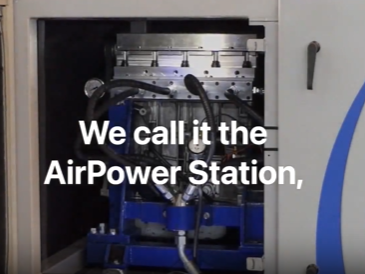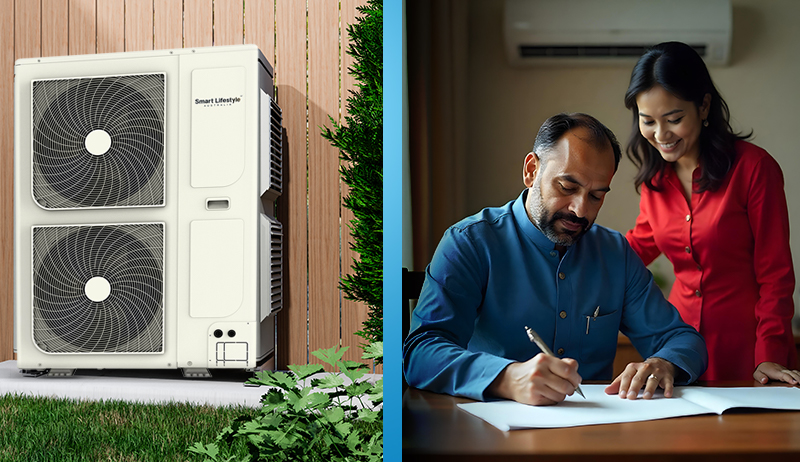Generation Z: Growing Up in a Digital Age
Generation Z, often shortened to Gen Z, is the demographic cohort following Millennials and preceding Generation Alpha.
There’s no single, universally agreed-upon birth year range, but most researchers and media outlets place it somewhere between the mid-to-late 1990s and the early 2010s. This means Gen Z individuals are currently between the ages of roughly 12 and 27 years old (as of February 2024).
Here are some key characteristics associated with Gen Z:
- Digital Natives: Unlike previous generations, Gen Z has grown up with constant access to the internet and technology. They are highly comfortable with digital communication and social media platforms, and they use technology for a wide range of activities, from education and entertainment to shopping and activism.
- Diverse and Inclusive: Gen Z is the most racially and ethnically diverse generation in history. They value inclusivity and social justice, and they are vocal about their concerns regarding issues like climate change, racial equality, and mental health.
- Entrepreneurial and Pragmatic: Gen Z has witnessed economic instability and societal challenges firsthand. This has instilled in them a sense of pragmatism and a strong entrepreneurial spirit. They are often more focused on financial security and career stability than previous generations.
- Socially Conscious: Gen Z is highly aware of global issues and social problems. They are passionate about making a positive impact on the world and are actively involved in social movements and advocacy efforts.
It’s important to remember that these are just general trends, and not every individual within Gen Z will conform to these characteristics. However, understanding these broad strokes can help us gain a better understanding of this unique and influential generation.
Here are some additional points to consider:
- Gen Z is the first generation to come of age entirely in the 21st century, shaped by events like the September 11th attacks, the rise of social media, and the ongoing COVID-19 pandemic.
- They are also facing challenges like climate change, economic inequality, and political polarization, which will likely continue to shape their values and experiences.
- As Gen Z continues to enter the workforce and become more politically engaged, it will be fascinating to see how they shape the future of society.
Evolution of Generation Z
Generation Z, the generation born roughly between the mid-to-late 1990s and the early 2010s, is still evolving. While their core characteristics are likely to remain, specific aspects of their identity and experiences will continue to develop as they age and adapt to new challenges and opportunities. Here’s a breakdown of the ongoing evolution of Gen Z:
Technological Landscape:
- Evolving Platforms: Gen Z is comfortable navigating diverse online platforms. However, as technology evolves, they will likely readily adopt new trends and adapt their online behavior. The rise of virtual reality and the metaverse may further influence their interactions and experiences.
- Increased Scrutiny of Tech: Gen Z is becoming increasingly aware of the potential downsides of technology, such as privacy concerns, misinformation, and mental health impacts. They are likely to become more critical consumers of technology and actively advocate for responsible development and use.
Social and Political Landscape:
- Evolving Activism: Gen Z’s activism may shift as they face new social and political challenges. While climate change, racial equality, and mental health remain major concerns, new issues may emerge, prompting them to adapt their approaches and priorities.
- Political Engagement: As Gen Z enters voting age and becomes a larger portion of the electorate, their political engagement will be crucial to observe. Whether they maintain their existing political leanings or shift their perspectives will have a significant impact on the political landscape.
Economic Landscape:
- Navigating Economic Challenges: Gen Z is entering the workforce amidst economic uncertainties and rising costs of living. This will likely influence their career choices, financial planning, and overall economic outlook. Adapting to these challenges will shape their values and priorities as they move towards greater financial independence.
Identity and Values:
- Continued Focus on Inclusivity: Gen Z’s emphasis on diversity and inclusion is likely to remain a core value. However, their understanding of these concepts may further evolve as they encounter new cultural perspectives and grapple with complex societal issues.
- Mental Health Awareness: Gen Z’s openness about mental health issues and their focus on well-being may continue to grow. They may advocate for better mental health resources and destigmatize seeking help further.
These are just some potential pathways for Gen Z’s continued evolution. They are a dynamic generation continuously adapting to a rapidly changing world, and their impact on society will undoubtedly continue to unfold in the years to come.
Future of Generation Z
Predicting the future with absolute certainty is impossible, but based on current trends and Gen Z’s defining characteristics, here’s a glimpse into their potential future:
Shape the Workforce:
- Entrepreneurial Spirit: Gen Z’s entrepreneurial spirit and comfort with technology may lead them to pursue more independent work and side hustles. This could contribute to the growth of the freelance economy and innovative startups.
- Demand for Change: Their focus on social justice and environmental issues may influence their workplace choices. They may prioritize companies with strong ethical practices and a commitment to sustainability.
Impact Society:
- Tech-driven Solutions: As digital natives, Gen Z is adept at using technology to solve problems. They may use their skills and knowledge to develop and implement innovative solutions for social and environmental challenges.
- Advocate for Change: Their passion for social justice and inclusivity may translate into continued activism and advocacy efforts. They could be instrumental in pushing for positive change on issues like climate change, mental health, and racial equality.
Challenges:
- Economic Uncertainties: Gen Z faces economic challenges like rising costs of living and student loan debt. These challenges could impact their career choices, financial well-being, and overall outlook on the future.
- Information Overload and Misinformation: Navigating the vast amount of information online and identifying credible sources can be a challenge for any generation. Gen Z may need to develop even stronger critical thinking skills to combat misinformation and filter through the information they encounter.
Unforeseen Events:
It’s important to remember that unforeseen events like technological breakthroughs, major political shifts, or global crises can significantly impact the future of any generation, including Gen Z. How they adapt to these challenges and opportunities will further shape their trajectory.
Gen Z’s future holds immense potential. Their digital fluency, focus on social change, and entrepreneurial spirit position them to be a powerful force in shaping the future of the world. However, navigating economic uncertainties, the information landscape, and potential unforeseen events will be crucial for their success.
https://www.exaputra.com/2024/02/generation-z-growing-up-in-digital-age.html
Renewable Energy
Before Trump, “Contempt of Court” Used to Be a Big Deal
 Most Americans, me included, are puzzled as to how the Trump administration can openly thumb its nose to the findings of our courts. Until recently, behavior like this would have wound you up in jail.
Most Americans, me included, are puzzled as to how the Trump administration can openly thumb its nose to the findings of our courts. Until recently, behavior like this would have wound you up in jail.
Renewable Energy
How Households Saved $1,200 with VEU & Air-Con Upgrade?
Renewable Energy
Air Power
 About 20 years ago, a friend asked me if I was aware that cars could run on air. I asked, delicately, what she meant, and she explained that cars can run on compressed air.
About 20 years ago, a friend asked me if I was aware that cars could run on air. I asked, delicately, what she meant, and she explained that cars can run on compressed air.
“Ah,” I replied. “Of course they can. But where does the energy come from that compresses the air?” End of conversation.
Now, it’s back. Now there are enormous swaths of the population who know so little about middle school science that they believe we can put cars on the road, in an ocean of air, and extract energy out of that air to power our automobiles.
If you’re among these morons and want to invest with some heavy-duty fraud/charlatans, here’s your opportunity. They say that it’s “self-sustaining and needs no fuel.” If that makes sense to you, be my guest.
-
Climate Change4 months ago
Guest post: Why China is still building new coal – and when it might stop
-
Greenhouse Gases4 months ago
Guest post: Why China is still building new coal – and when it might stop
-
Climate Change2 years ago
Spanish-language misinformation on renewable energy spreads online, report shows
-

 Greenhouse Gases2 years ago
Greenhouse Gases2 years ago嘉宾来稿:满足中国增长的用电需求 光伏加储能“比新建煤电更实惠”
-
Climate Change Videos2 years ago
The toxic gas flares fuelling Nigeria’s climate change – BBC News
-

 Climate Change2 years ago
Climate Change2 years ago嘉宾来稿:满足中国增长的用电需求 光伏加储能“比新建煤电更实惠”
-

 Carbon Footprint2 years ago
Carbon Footprint2 years agoUS SEC’s Climate Disclosure Rules Spur Renewed Interest in Carbon Credits
-
Renewable Energy5 months ago
US Grid Strain, Possible Allete Sale

















